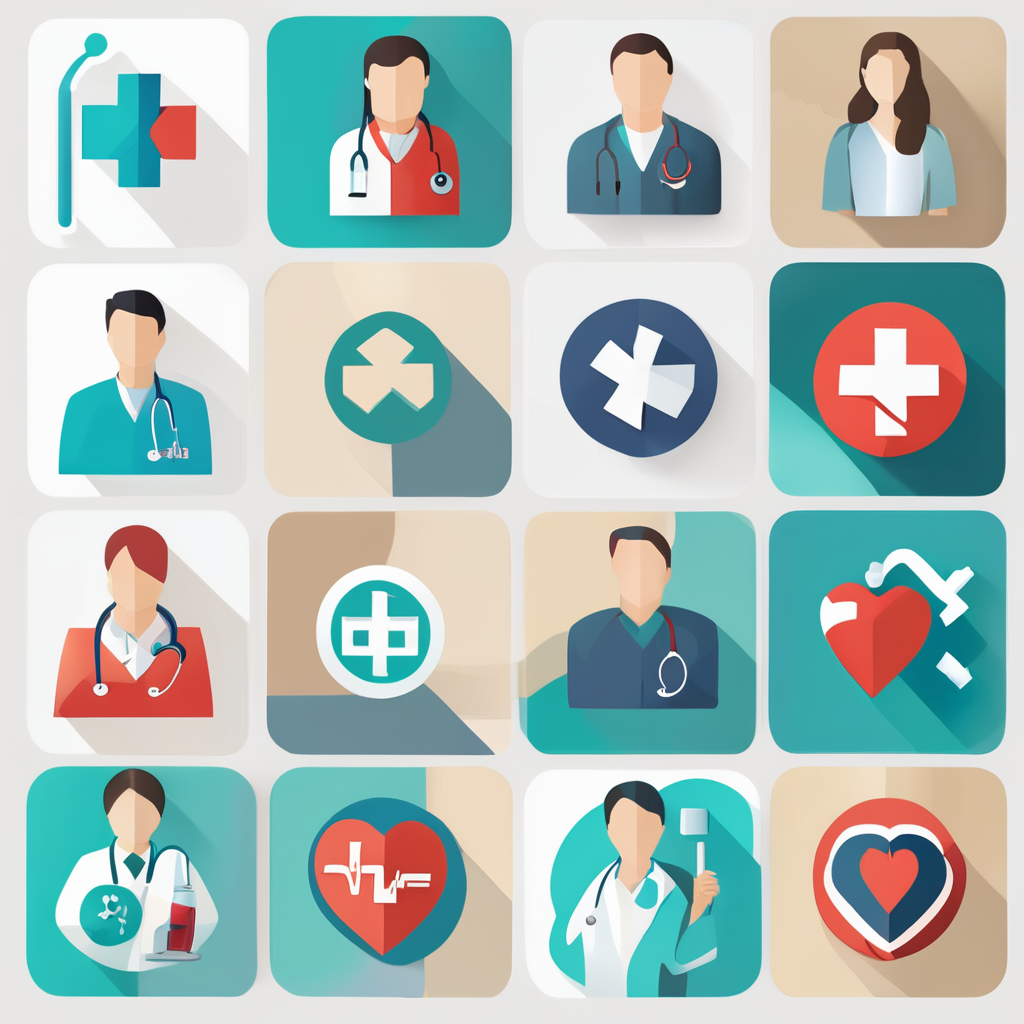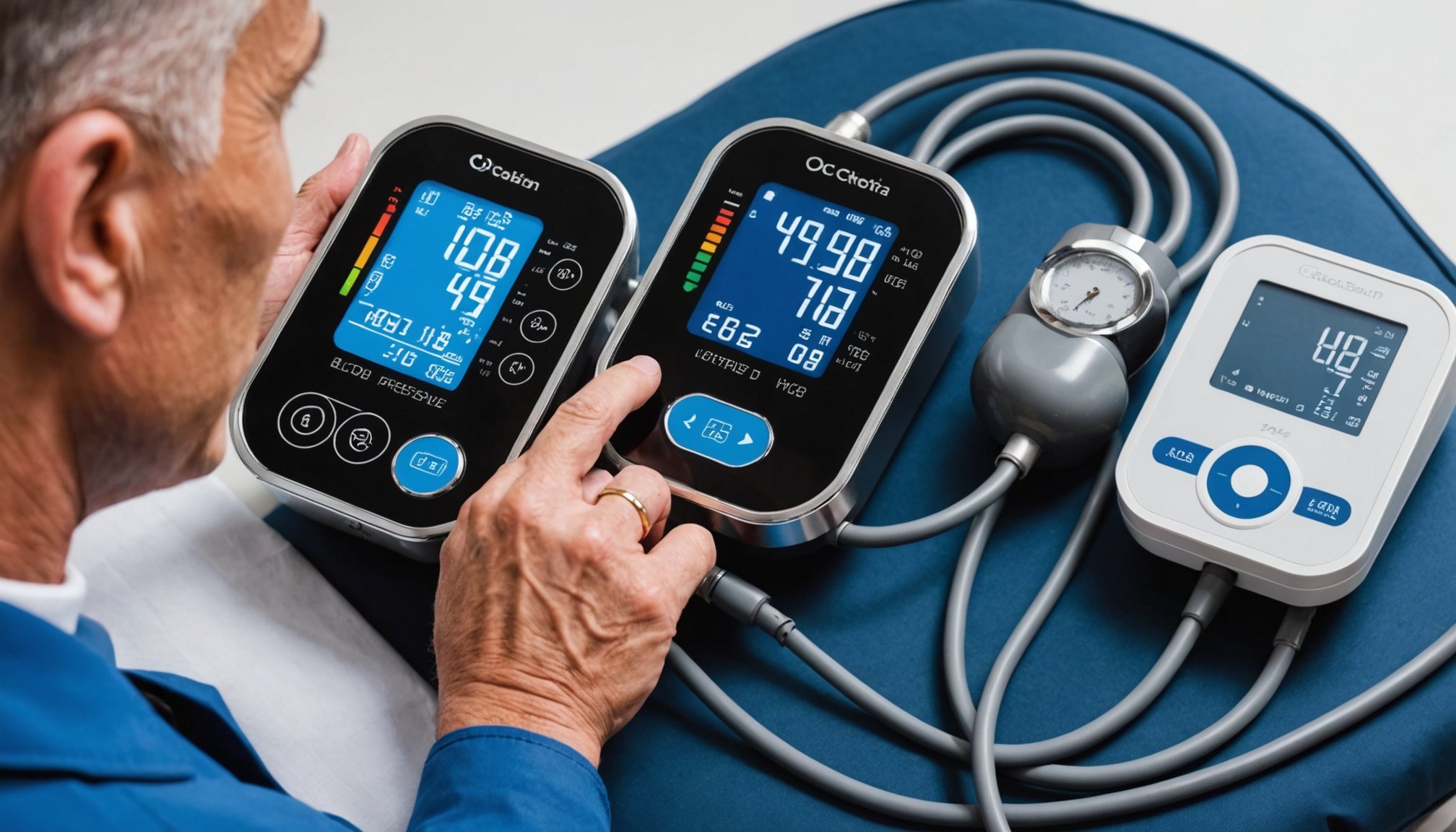Overview of Non-Invasive Blood Pressure Monitoring Techniques
Non-Invasive Blood Pressure Monitoring represents a pivotal advancement in Blood Pressure Technology and Medical Innovations. This technique allows for the measurement of blood pressure without penetrating the skin, enhancing patient comfort significantly. The importance of non-invasive methods lies in their ability to provide quick, painless readings crucial for both routine and emergency care.
Current techniques in use include oscillometric devices, which measure changes in the oscillation of the brachial artery, and photoplethysmography that employs light to detect blood volume changes. Both are designed to be user-friendly while maintaining accuracy and reliability. The journey of blood pressure measurement has evolved from the time-consuming Riva-Rocci sphygmomanometer in the late 19th century to these advanced non-invasive technologies.
Also read : Exploring the Benefits: How Ongoing Blood Pressure Monitoring Can Transform Care for Hypertensive Patients
Today, Medical Innovations continue to push boundaries, offering more consistent readings with minimal discomfort. Continuous development in this field not only improves diagnostics but also patient care. As technology evolves, more sophisticated yet simpler devices become accessible, ensuring that blood pressure monitoring remains a crucial part of preventive measures in modern healthcare, thereby contributing to better clinical outcomes and comprehensive patient management.
Latest Technological Advancements
In the realm of Blood Pressure Innovations, recent technological strides have revolutionised non-invasive monitoring capabilities. Health Technology Trends spotlight the integration of digital technologies and artificial intelligence (AI) to enhance measurement accuracy, allowing for more precise blood pressure readings with minimal manual intervention. These technologies ensure not only improved precision but also streamline workflows in medical settings, offering more consistent and reliable data.
Also read : Exploring the Environmental Triggers Behind Autoimmune Disease Incidence
Medical Devices equipped with AI can analyse patterns and anomalies in blood pressure, facilitating early detection of potential health issues. This proactive approach aids in managing conditions such as hypertension more efficiently.
Wearables and smart devices have seen significant evolutions. Smartwatches, for example, can now incorporate blood pressure monitoring as a standard feature. This integration empowers users with the ability to track their vital signs continuously, promoting a health-conscious lifestyle and enabling timely consultations with healthcare providers.
Additionally, new portable blood pressure monitors boast wireless connectivity, allowing seamless data transfer to personal health apps and electronic health records. This connectivity proves invaluable for clinicians, as they can remotely monitor a patient’s condition and personalise treatment plans. The fusion of cutting-edge technology with healthcare practices exemplifies the ever-growing potential for enhancing patient care.
Comparative Analysis with Traditional Techniques
When examining traditional blood pressure measurement methods alongside their non-invasive counterparts, multiple aspects merit consideration.
Accuracy and Reliability
While traditional methods like the auscultatory technique using a sphygmomanometer remain highly regarded for precision, non-invasive methods have improved significantly. Non-invasive techniques like the oscillometric method now provide reliable readings, though they may occasionally vary due to factors such as user movement or device calibration. Comparison Techniques show that both methods serve crucial roles, with non-invasive options offering quicker results suited for modern clinical settings.
Patient Comfort and User Experience
Non-invasive blood pressure monitoring leads in terms of patient comfort, eliminating the discomfort of cuff inflation associated with traditional methods. This user-friendly approach enhances patient compliance, especially during long-term monitoring. The Clinical Methods highlight the crucial balance between patient experience and data accuracy, both pivotal in clinical decision-making.
Cost-Effectiveness
In terms of cost-effectiveness, traditional sphygmomanometers are generally more economical initially. However, as technology progresses, the cost of advanced non-invasive devices is decreasing, making them accessible in various healthcare settings. This shift in cost dynamics illustrates the evolving landscape of healthcare Blood Pressure Technology, steering towards more efficient Medical Innovations that maintain both precision and practicality.
Benefits of Non-Invasive Monitoring for Patient Care
In the realm of Patient-Centered Care, non-invasive blood pressure monitoring presents significant advantages that amplify both Health Outcomes and Clinical Benefits. One substantial benefit is the enhancement of the patient experience, ushering in greater satisfaction. Traditional periodic checks often come with discomfort, but continuous non-invasive monitoring eliminates this, allowing for a more pleasant, stress-free process.
The technology behind these methods supports continuous monitoring, which proves invaluable in ensuring accurate health assessments. Unlike sporadic checks that might miss fluctuations, continuous monitoring provides a comprehensive understanding of a patient’s cardiovascular health. This consistent data flow facilitates early detection of abnormalities, enabling timely interventions that improve preventive care.
Clinical Benefits extend to improved healthcare efficiency. By reducing the need for frequent in-office visits strictly for monitoring, healthcare providers can allocate resources more effectively, focusing on treatment and management. This not only aids in patient adherence to recommended regimens but also increases the capacity for healthcare systems to serve more individuals.
Ultimately, the transition to non-invasive monitoring underscores a move towards more engaging, proactive patient care strategies. It champions a future where medical technology continually propels forward, breaking barriers to improved Health Outcomes. This evolution remains a cornerstone of modern healthcare innovation.
Key Studies and Trials
In the realm of non-invasive blood pressure monitoring, numerous clinical research and medical studies underpin the validity and reliability of these techniques. A pivotal aspect is the blood pressure trials conducted across diverse demographics, highlighting both technological efficacy and patient benefit.
Recent studies have shown that non-invasive methods, such as photoplethysmography, align closely with invasive techniques in accuracy measures. For instance, a large-scale trial involving over 3,000 participants demonstrated equivalency in readings between non-invasive devices and traditional methods, validating their efficacy in clinical settings. These findings herald an era where non-invasive monitoring can potentially replace traditional methods without losing precision.
Moreover, experts in cardiology and healthcare technology endorse these techniques for their ability to facilitate regular, painless monitoring. They argue that the convergence of blood pressure trials and technological advancement has built robust evidence supporting non-invasive methods. Their opinions are backed by the consistent outcomes across various medical studies, further encouraging adoption.
Such thorough investigations and validations ensure that non-invasive blood pressure monitoring remains a priority in health innovation. As technology continues to evolve, more extensive and intricate studies are imperative to capture its full impact on medical innovations.
Expert Opinions and Testimonials
Understanding the perspectives of Healthcare Experts and patients related to non-invasive blood pressure monitoring provides valuable insights into its impact and future potential.
Insights from Healthcare Professionals
Medical Opinions from cardiologists and technology specialists emphasise the transformative role of these devices in clinical practice. They highlight how non-invasive monitors support precision in ongoing patient assessments, with an emphasis on accuracy and real-time data delivery. Professionals advocate for their application, noting enhanced diagnostic abilities and the straightforward integration with current medical systems.
Patient Testimonials
Professional Testimonials include experiences from individuals who have adopted these non-invasive methods. Patients frequently report increased comfort and reduced stress compared to traditional techniques. Their narratives often underscore the importance of continuous monitoring, which they believe leads to more personalised and proactive healthcare plans.
Future Trends and Predictions
Experts anticipate further advancements as Health Technology Trends evolve, focusing on improving accuracy, integration with electronic health records, and user-friendly designs. The expectation is a continued movement towards predictive analytics, where Medical Devices provide preventive insights well before clinical symptoms arise. This trend signifies a shift not only towards efficiency but also towards comprehensive patient empowerment and engagement in health management.











